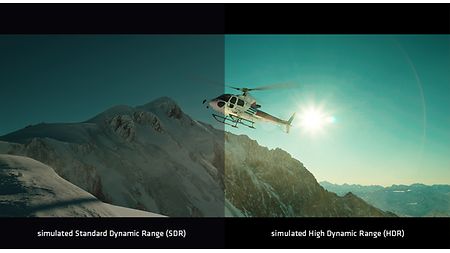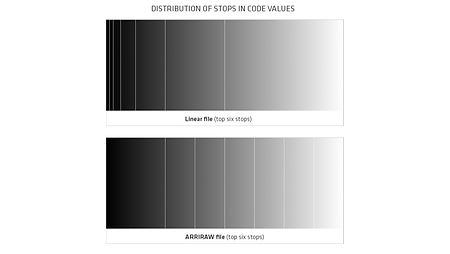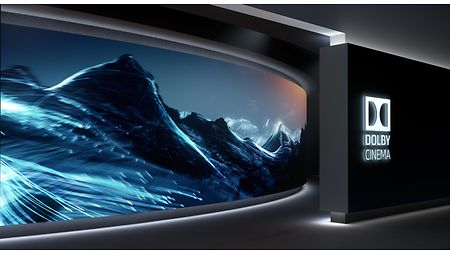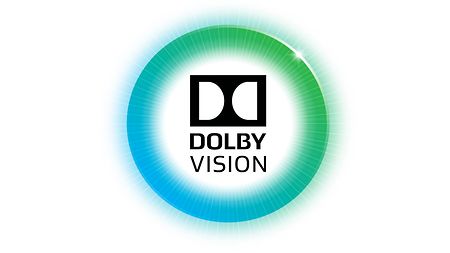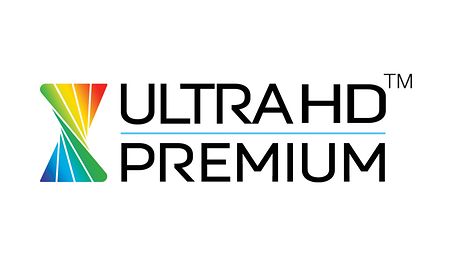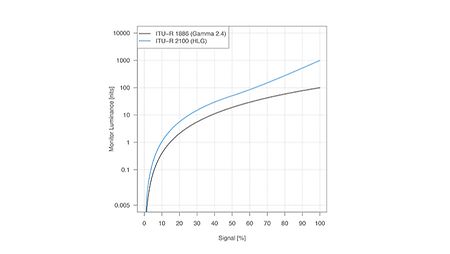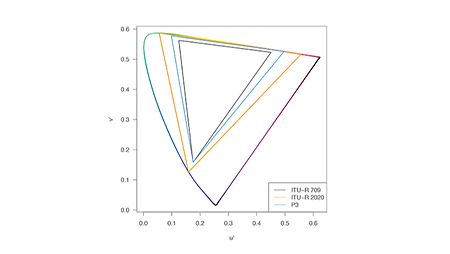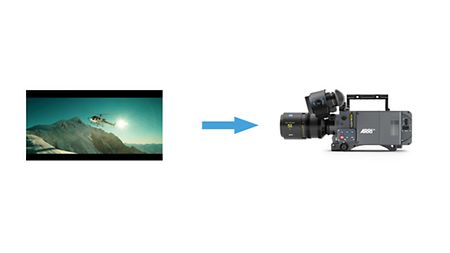HDR is short for High Dynamic Range, a term that describes images with deeper blacks and brighter whites, leading to a higher contrast ratio than what was possible up until now. In the last years, the term HDR has mainly been used to describe new display technologies which have a greater dynamic range and therefore can display images with a higher dynamic range. While a higher contrast in images is great on its own, it also makes the image look sharper, increases color saturation, provides more depth and allows for a larger range of looks.
HDR is considered an important new technological step in image display since it provides an immediately visible clear improvement in image quality, even to the untrained eye and independently of image resolution, screen size or viewing distance. In addition, the increase in data rate for an HDR signal is minimal, thus creating great visual impact for small increase in cost.

HDR FAQ
Common question regarding High Dynamic Range
